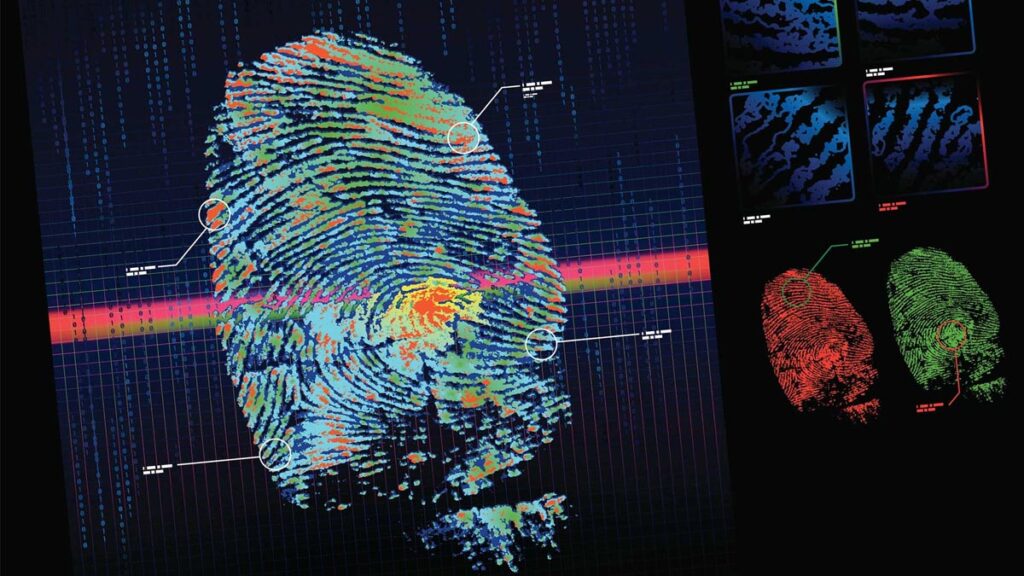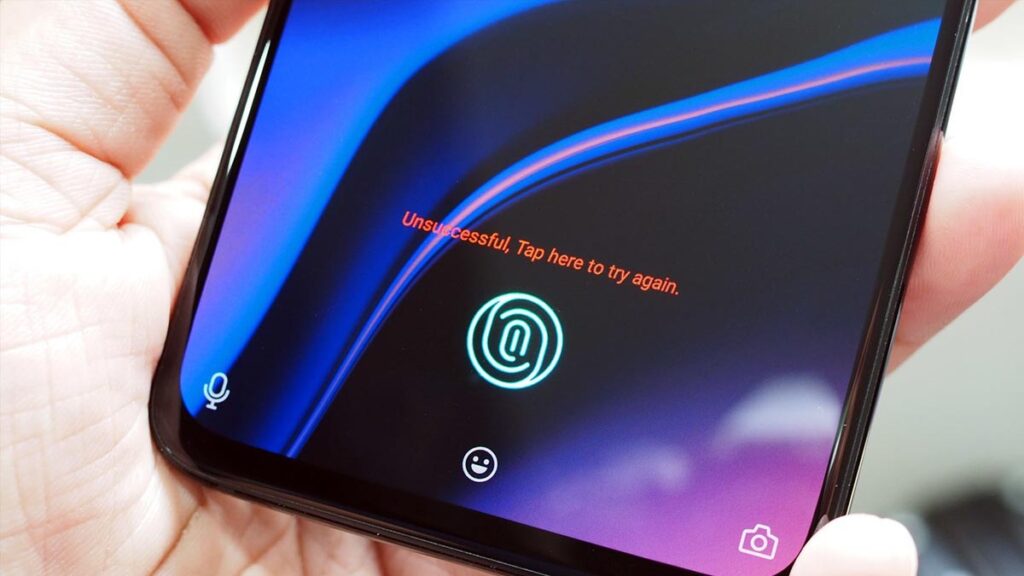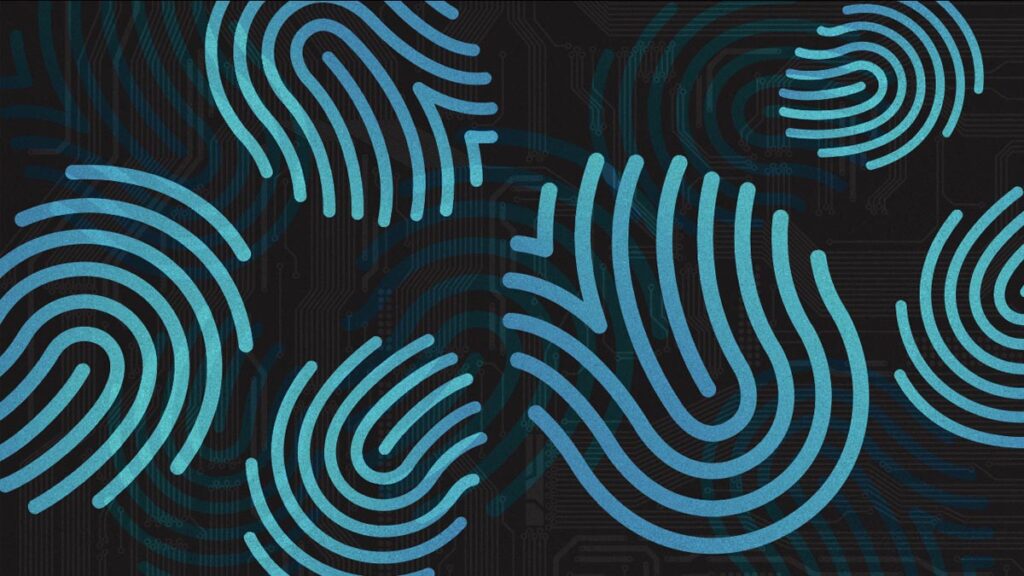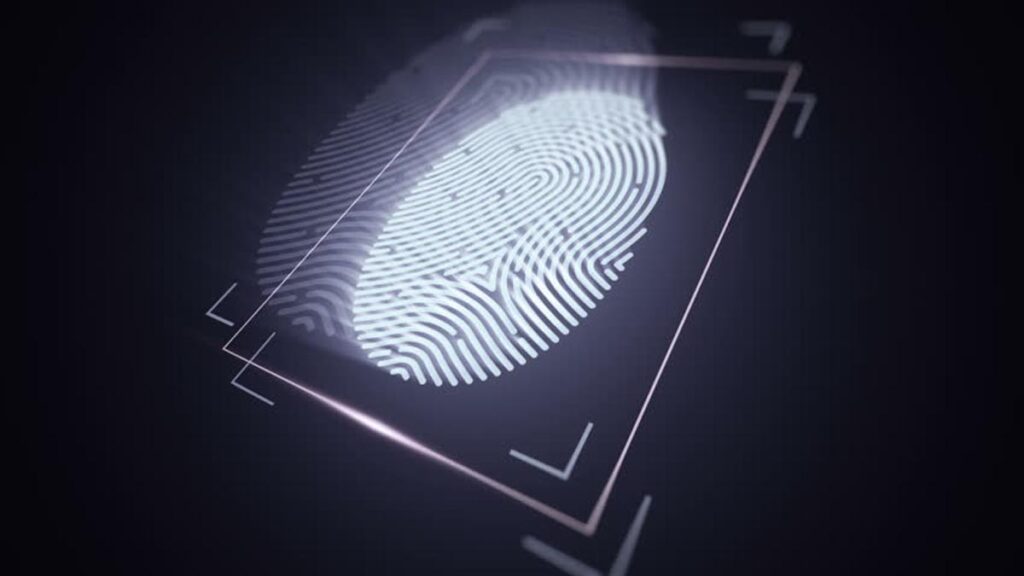HOW FREQUENT DO FINGERPRINTS CHANGE?
Fingerprints may not be the permanent biological signatures we’ve built them up to be. Since the early 90s, people have been wonder do fingerprints change because this fact have been accepted as evidence in courtrooms due to their uniqueness and permanence. And their uniqueness has been scientifically validated. But what of their permanence? Do those ridges and swirls remain the same from birth to death? According to a new study, our fingerprints do slightly change as time progresses which could have implications for everything from law enforcement to unlocking your iPhone.
DEEPENING THE SCIENCE

DEEPENING THE SCIENCE
The study of fingerprints and scanning began by examining fingerprint records generated from 15,500 repeat offenders in a Michigan State Police database. In case you aren’t familiar, the fingerprint records are created in a controlled setting by dipping all 10 fingers in ink, and rolling each finger onto a card. Each criminal included in the study had five or more of these records spanning five years to 12 years, which allowed researchers to examine changes in prints over time.
Researchers ran the prints through two off-the-shelf fingerprint matching machines, looking for two separate measures:
- How well the machines paired different prints from the same person (genuine match scores), and if they could differentiate one person’s prints from another (imposter scores).
- Then, to investigate what factors influenced the machines’ judgments, they created a statistical model to mimic the machines’ output.
The model took into account time between prints, fingerprint image quality, and the subject’s age, sex and race.
HOW MUCH SECURITY DOES A RETINAL SCAN OFFER?
FINGERPRINT FLUIDITY

FINGERPRINT FLUIDITY
It turns out that a person’s age and the time interval between prints significantly affected the machines’ accuracy. Genuine match scores, comparing two prints from the same person, decreased as the time gap between prints grew. In other words, your fingerprints don’t look the same to machines as they did 12 years ago. So here comes a question do fingerprints change?
However, at 12 years, the error rate was still within the normal margins of error for such machines in real-life, unless one of the prints was of poor quality. And regardless of age or elapsed time, the machines didn’t confuse one person’s prints with another person’s. Which is kind of a big deal if you’re standing a trial.
AGEING AND OUR FINGERPRINTS

AGEING AND OUR FINGERPRINTS
In essence, no. Our fingerprints are determined before birth, at roughly 24 weeks, and the ridge pattern that develops on our skin is one of the last things to disappear on our bodies after we pass away.
In fact, a study into fingerprint recognition found that although there is a slight degradation in perfect match quality to our fingerprints as we get older, that difference is negligible.
This makes our fingerprints the most secure and stable method of biometric authentication to combat ageing physical features. However, we also know that the process of ageing can cause us to lose skin elasticity over time, with our fingertips becoming less flexible and more rigid.
This can have an effect on the fingerprint biometric scanning process if the contact between dry skin and scanners is not firm, which could possibly lead to and increase the rate of ‘false rejects’ during the authentication process.
Therefore, to offset any degradation in scanning quality that may occur due to ageing, fingerprint biometric authentication devices should employ larger sensors and advanced matching algorithms.
THE BEST INFORMATION SECURITY AUDIT CHECKLIST TO HELP YOU THRIVE
THE IMPORTANCE OF SEAMLESS BIOMETRIC SCANNING

THE IMPORTANCE OF SEAMLESS BIOMETRIC SCANNING
In our “go and get it” era, it is essential that authentication technology is simple to use and accessible to all, especially as friction is the number one barrier to profitability today. Take Amazon’s and Uber’s business models for example. Their frictionless customer journeys have seen them thrive in a highly competitive global marketplace, so that we now expect that ease of technology in all aspects of our lives.
To make sure consumer adoption of fingerprint biometric technology is as fast and pervasive as that of Amazon and Uber, biometric innovators need to make sure there are no obstacles because of ageing physical data in the journey. To be adopted by all, the fingerprint authentication process needs to be considered as easy as clicking ‘buy now’ on an e-commerce site or ordering a taxi in two taps.
To make this happen, it is vital for manufacturers of biometric technology to remember the impact ageing can have on physical data as they incorporate new innovative authentication measures into devices. After all, getting older does not stop users from wanting a smooth and uninterrupted experience, whether that be while paying for goods or heading through passport control.
To keep biometric authentication universally accessible to all, irrespective of age, it is paramount that biometric providers continue to pioneer the latest in identification technology and processes. This can best be achieved through continual testing and development, which will help to guarantee that fingerprint scanning procedures mature along with their consumers.
Adapting to the aging process is essential to pave the way for the introduction of fingerprint biometric payments on a global scale.
WHAT IS INFORMATION RISK MANAGEMENT? UNDERSTAND IT BETTER!
THE BOTTOM LINE
This study seems to indicate that, yes, our fingerprints do morph over time. But those slight changes aren’t enough to befuddle the machines in use today, for the most part. More research will need to be done to answer the question of how many years must elapse between prints for the machines to miss the match. For forensic scientists at least, the study is certainly food for thought. For more information or similar blogs you are free to visit Securityx.



0 Comments